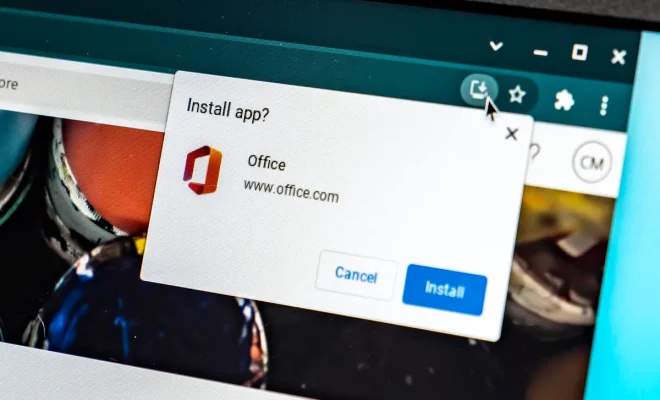How to Teach Your Students to Think Before They Post

Think before you post! How many times have you said those words to both students and fellow adults?
Something seems to happen to students once they are behind a screen that makes them feel invincible. This feeling can help some students to express themselves in ways they cannot at school or at home, but it can as easily lead to bullying and other inappropriate behavior online.
Digital citizenship is now recognized by both parents and teachers as an essential set of skills in today’s world, and teaching students to control their behavior is just as important online as offline. Here are a few tips to keep in mind as you try to integrate digital citizenship into your teaching practice.
1. Make It Age Appropriate
As students now start to shape their digital footprint from the first years of elementary school, it is important to start the digital citizenship conversation early and to have it often. This means that you need to make the conversation appropriate for the online experience and offline maturity that your students have.
For example, for elementary students, you can start by introducing the digital footprint and having them differentiate between private and personal information. Younger students need to be made aware of the reach the online posts can have as well as how information posted online can put them in danger in the real world.
Once students are older and have access to their own social media accounts, you can start to explore the positive and negatives of shaping their identity online as well as thorny issues like sexting and relationships.
2. Integrate It Into the Curriculum
Because so much of our lives are online, it is important for digital citizenship to be integrated across the curriculum. For example, you may be doing a project that involves students reaching out to experts for information. In this case, it is important to teach students about the importance of writing emails appropriate for the intended audience. Proofreading and showing respect are essential skills before hitting the send button!
Another example might be that students are collaborating on a project using social media as the communication channel. This would be a great opportunity to talk about when inappropriate behavior becomes cyberbullying.
Sites like Common Sense Education have great resources, such as lesson plans, projects, and assessments, to give you ideas about how to integrate Think Before You Post! into your curriculum.
3. Involve Students
Just as you probably work with your students to come up with classroom rules, you can also involve them in making rules for their online behavior. You can do this through a conversation of topics related to the consequences of posting inappropriate content online, such as:
How will I feel about this post later?
Does this post reflect who I am offline?
How might people understand this post?
Am I sharing information I shouldn’t?
Whose information am I sharing?
By engaging students in this conversation and involving them in making rules that they are in their own words, you are more likely to have a lasting impact on their online behavior.
4. Reward and Model Good Behavior
If students have access to digital devices in your classroom, you should be vigilant about catching students posting positive posts as well as making sure students are not using the devices to bully others. This can mean that access to certain digital learning resources, such as games, is granted for appropriate online behavior or restricted because of mean online interactions.
One of the most important and effective ways of teaching students to think before they post is for you to be a model digital citizen. You can do this by following the rules of digital etiquette in any online communication you have with students as well as remembering you are a role model for your students when posting on your own social media accounts.






